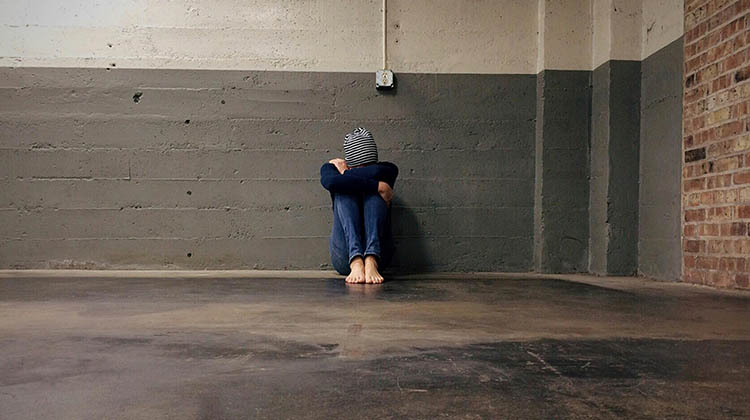Thousands of Homeless Children Seek Services

Thousands of children are attempting to access homelessness services, many are being met with underfunded, stressed systems and are falling through the gaps. Often it is lethal.
Shocking statistics released show 13,300 unaccompanied children aged 12-17 sought out specialist homelessness services in 2023-24. Of those children, 2,443 were aged 12-14, 96% were alone, 6% were in a grouping of children, and 63% were female.
Tragically, 3 in 4 unaccompanied children (77%) who were homeless when support started were still homeless when support ended in 2023-24.
New data have also revealed extremely alarming statistics about death rates among children who have been in contact with specialist homelessness services over the last decade to 2023.
Some 520 children who had been in contact with a specialist homelessness service died in the decade 2012/13 to 2023/24, accounting for 1 in 13 of all child deaths over that period. Suicide was the leading cause of death for children aged 12-17, who have been in contact with a homeless service.
A child’s trauma is exacerbated when services can’t provide the care, and a pathway to a safe home that they need, and children are dying as a result. Over the past 10 years, a child known to homelessness services has died on average every week.
A 2025 snapshot survey of children using homelessness services at Melbourne City Mission, revealed that 69% are experiencing suicidal ideation or attempts.
The shocking reality is that there are very few dedicated homes with age-appropriate support for adolescent children and so most children who need a safe supported home miss out and get trapped in homelessness and despair. Teenage children simply can’t compete with adults for available homes.
The homelessness sector is calling on the federal government to urgently take the following steps to better support children who are coming to specialist homelessness services unaccompanied, including:
• Create a national action plan to set up the systems to identify children at risk, prevent them from becoming homelessness, and deliver age-appropriate care to children fleeing home
• Dedicated tenancies with age-appropriate care and support for older children who can’t return home
• Respite care and intensive support for young children with support to return home, or identification of alternative care arrangements
• Investment in prevention and early intervention programs for homeless children.
“It’s unthinkable that children are homeless and alone, and services don’t have the resources to meet their needs. This has to be a wake up call for our nation’s leaders,” Homelessness Australia CEO Kate Colvin said.
“This new data makes visible the brutal reality of child homelessness in Australia,” Associate Professor in Communities and Social Justice at the University of Tasmania Catherine Robinson said.
“Children who are homeless and alone have for too long been invisible in homelessness systems designed for older young people or adults."
“Most children who are homeless without a parent or guardian are fleeing homes where they have experienced violence, abandonment or neglect,” Kate Colvin said.
“As a frontline service, we are seeing more and more children turning up traumatised and alone in desperate need of help to escape homelessness,” Melbourne City Mission spokesperson and HomeTime founder Shorna Moore said.